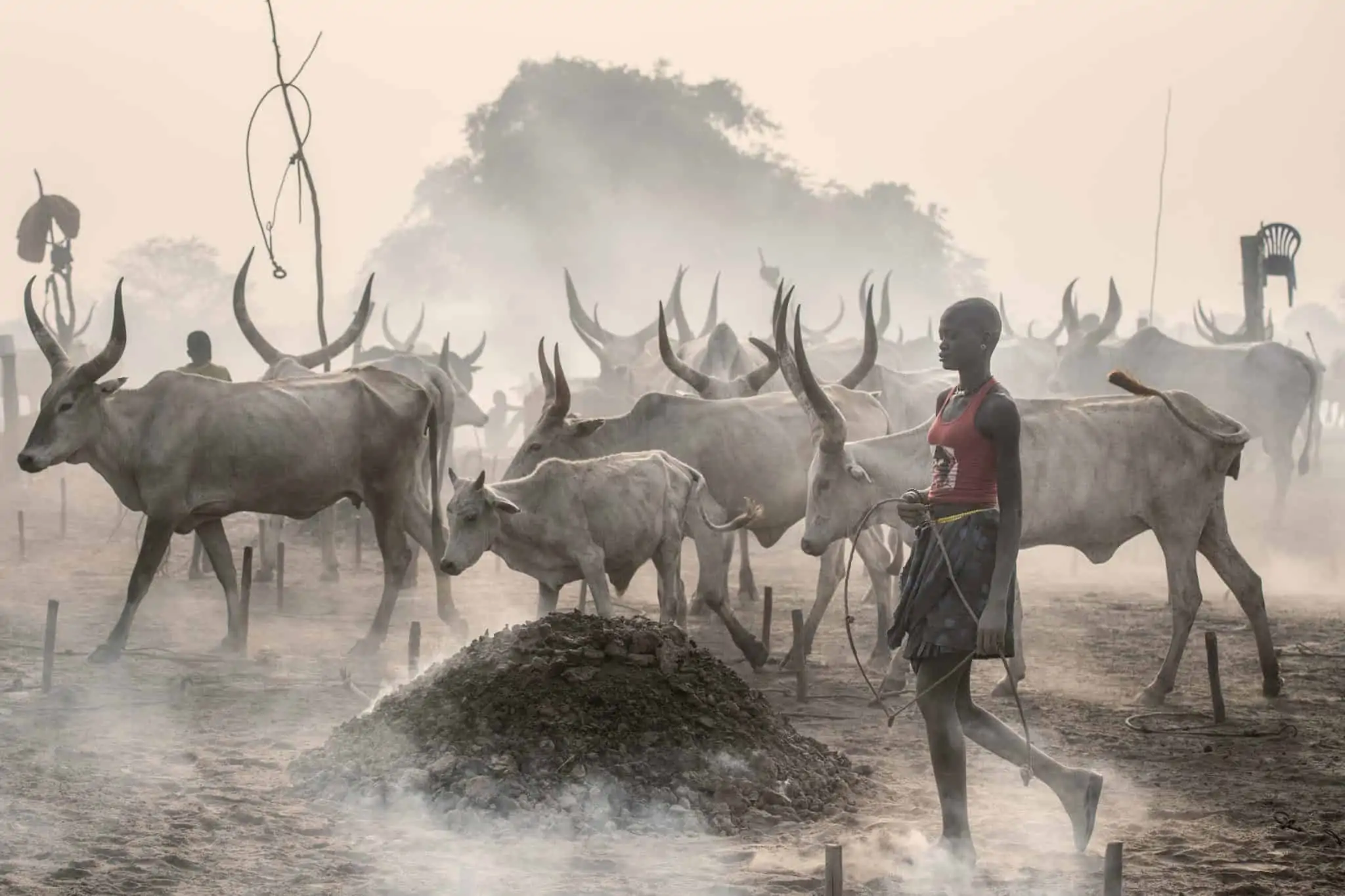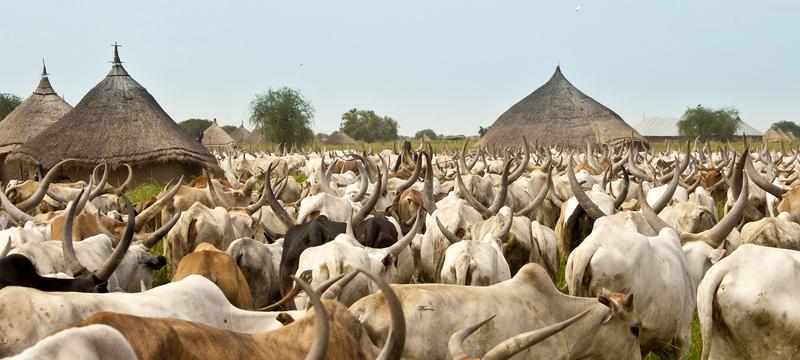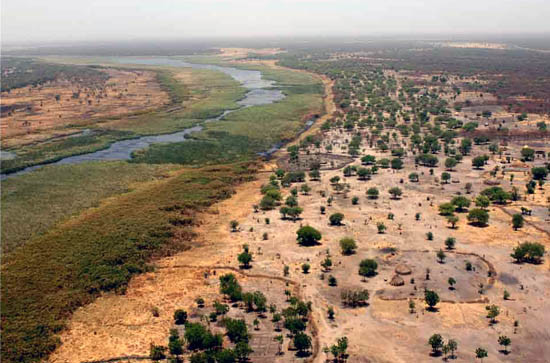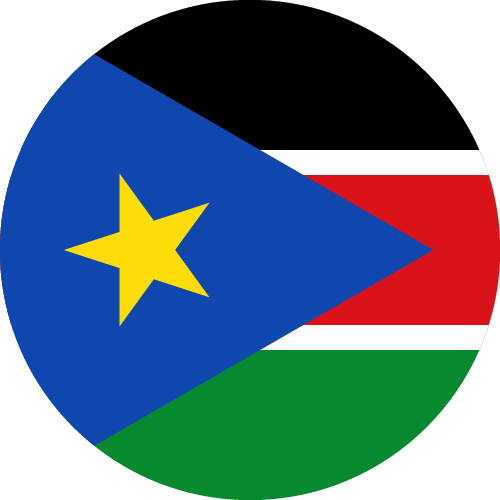South Sudan travel tips
South Sudan travel tips: Youngest nation, gained independence in 2011. Struggles with conflict, poverty, and development, yet resilient and culturally diverse.
States 🌎
South Sudan travel tips. Here is a list of all the states of the South Sudan.

Central Equatoria

Eastern Equatoria

Jonglei

Lakes

Northern Bahr el Ghazal

Unity

Upper Nile

Warrap

Western Bahr el Ghazal

Western Equatoria
Before you go 🛩
Important information you should know before your trip
Info

Capital | Juba
Flag Codes:
ISO alpha-2 SS,
ISO alpha-3 SSD
Currency
Badge | Sudanese Pound
CODE | SSP
NUMBER | 728
SYMBOL | £
FRACTION | piastra
Mobile Coverage
Dialing Code | +211
SIM Card
Coverage | 3G / 4G / 5G |
Mobile Networks | MTN Mobile | Zain Mobile |

Location
South Sudan is a landlocked country located in East Africa, in the northeastern part of the African continent.
South Sudan’s boundaries were established following its declaration of independence from Sudan in 2011. The country has a diverse landscape that includes savannas, swamps, and plateaus, and it is known for its rich biodiversity and natural resources. The capital city of South Sudan is Juba, which is located in the southern part of the country along the White Nile River.
Currency
The currency of Sudan is the Sudanese Pound, abbreviated as SDG.
It is the official currency used in Sudan for everyday transactions and is issued and regulated by the Central Bank of Sudan.
The Sudanese Pound is further subdivided into 100 piasters.
Please note that Sudan has a complex history of currency changes and economic challenges, so it’s advisable to check for the most up-to-date exchange rates and currency information if you plan to visit or conduct financial transactions in Sudan.
Languages
South Sudan is a linguistically diverse country with a rich tapestry of languages spoken across its various ethnic groups and communities. While there are numerous languages in South Sudan, English is the official language and is used in government, education, and business. Here are some key points about the languages of South Sudan:
English: English serves as the official language of South Sudan and is the language of instruction in schools and universities. It is also used in government and official documents. South Sudan’s use of English is a legacy of its colonial history.
Indigenous Languages: South Sudan is home to a wide range of indigenous languages, with estimates of over 60 distinct languages spoken. These languages belong to various language families, including Nilo-Saharan and Niger-Congo. Some of the prominent indigenous languages include Dinka, Nuer, Bari, Shilluk, and Zande, among many others.
Arabic: Arabic is also spoken and understood by a portion of the population, especially in regions with Arab influence or trade ties.
Pidgin and Creole Languages: There are also creole and pidgin languages used for communication between people of different language backgrounds, particularly in diverse urban areas.
Multilingualism: South Sudan’s linguistic diversity has led to a high degree of multilingualism, where individuals often speak multiple languages, including their mother tongue, English, and possibly other indigenous languages.
Language Policy: While English is the official language, South Sudan has a language policy that recognizes the importance of preserving and promoting indigenous languages. Efforts are made to develop and standardize these languages and promote their use in education and cultural activities.
Climate 🌡
South Sudan has a tropical climate with distinct wet and dry seasons. The country’s climate is influenced by its equatorial location and the seasonal movement of the Inter-Tropical Convergence Zone (ITCZ). Here are the main characteristics of South Sudan’s climate:
Wet Season (Rainy Season):
The wet season in South Sudan typically occurs from April to October, with variations in timing and intensity depending on the region.
During this period, South Sudan receives substantial rainfall, which can lead to flooding in some areas, especially in low-lying regions and swamps.
The wet season is characterized by high humidity and temperatures that can be quite warm.
Dry Season (Dry Season):
The dry season usually lasts from November to March, and it is marked by significantly reduced rainfall.
Temperatures during the dry season can be high, and humidity levels drop, leading to drier conditions.
In some parts of South Sudan, particularly in the north, the dry season can be characterized by dust storms and sandstorms.
Temperature Variation:
South Sudan generally experiences high temperatures year-round. Daytime temperatures often exceed 30°C (86°F) and can reach into the mid-40s°C (over 100°F) during the hottest months.
Nighttime temperatures tend to be cooler but remain relatively warm, especially during the dry season.
Regional Variations:
South Sudan’s climate can vary regionally due to its size and diverse geography. The southern and equatorial regions receive more rainfall and have a more pronounced wet season, while the northern and desert regions have less rainfall and drier conditions.
Flooding: Flooding is a recurring issue in parts of South Sudan during the wet season. Riverine flooding can impact communities living near the Nile River and its tributaries.
Agriculture: The wet season is crucial for agriculture in South Sudan, as it allows for the cultivation of crops such as sorghum, millet, maize, and others. The dry season poses challenges for farming due to reduced water availability.
Natural Resources: South Sudan’s climate supports diverse ecosystems, making it rich in natural resources and biodiversity, including wildlife and wetlands.
South Sudan travel tips
If you’re planning a trip to South Sudan, here are some travel tips to enhance your experience:
Visa Requirements:
Check and obtain the necessary visas before traveling to South Sudan.
Health Precautions:
Consult a healthcare professional for vaccinations and take necessary malaria prophylaxis.
Security Awareness:
Stay updated on the current security situation and follow government travel advisories.
Cultural Sensitivity:
Respect local customs and traditions. Dress modestly and ask permission before taking photos.
Transportation:
Confirm transportation arrangements in advance, as road conditions may vary. View Guide.
Cultural Events:
Check for local events or festivals for a richer cultural experience.
Weather:
Pack accordingly, considering the tropical climate. Rainy season can affect travel plans.
Enjoy your time in South Sudan!

The best of the best
South Sudanese cuisine reflects the country’s cultural diversity and the availability of various ingredients across different regions. The cuisine is characterized by hearty and filling dishes, often made from staples like grains, legumes, vegetables, and meats.

Okra Soup
Okra soup is a traditional dish made with okra, tomatoes, onions, and various seasonings.

Molokhia
Molokhia is a stew made from the leaves of the jute plant (Corchorus olitorius). It’s often cooked with meat and served over rice or other grains.

Bamia
Bamia is an okra stew cooked with tomatoes, onions, and various spices. It can be made with meat or served as a vegetarian dish.
Here are some typical foods and dishes of South Sudan:
Fish: In regions with access to rivers and lakes, fish is an important part of the diet. Fish is often grilled or cooked in stews.
Local Beer: Homemade fermented beverages are consumed in some regions of South Sudan. These include beverages made from sorghum and other grains.
Sorghum and Millet: Sorghum and millet are the staple grains of South Sudan and are used to make a variety of dishes. They are ground into flour and used to prepare porridge, flatbreads, and other traditional bread-like items.
Kisra: Kisra is a thin, fermented sorghum or millet flatbread. It’s a staple food and is commonly served with stews and sauces.
Asida: Asida is a thick porridge made from sorghum or millet flour. It’s often served as a side dish with various stews and sauces.
Meat Dishes: Meat, including beef, goat, and chicken, is a significant part of the South Sudanese diet. It’s often prepared as stews and grilled dishes. Cow’s milk is also commonly consumed.
Peanut Sauce: Peanut sauce is a popular accompaniment in South Sudan. It’s made from ground peanuts and is used to flavor stews and meats.
South Sudanese cuisine varies from region to region, and different ethnic groups have their own traditional dishes and culinary practices. The cuisine is influenced by the country’s agriculture, geography, and cultural diversity.
Transportation 🚥
More information about this country
Choose your destination 📍🗺
Useful Links ✅



